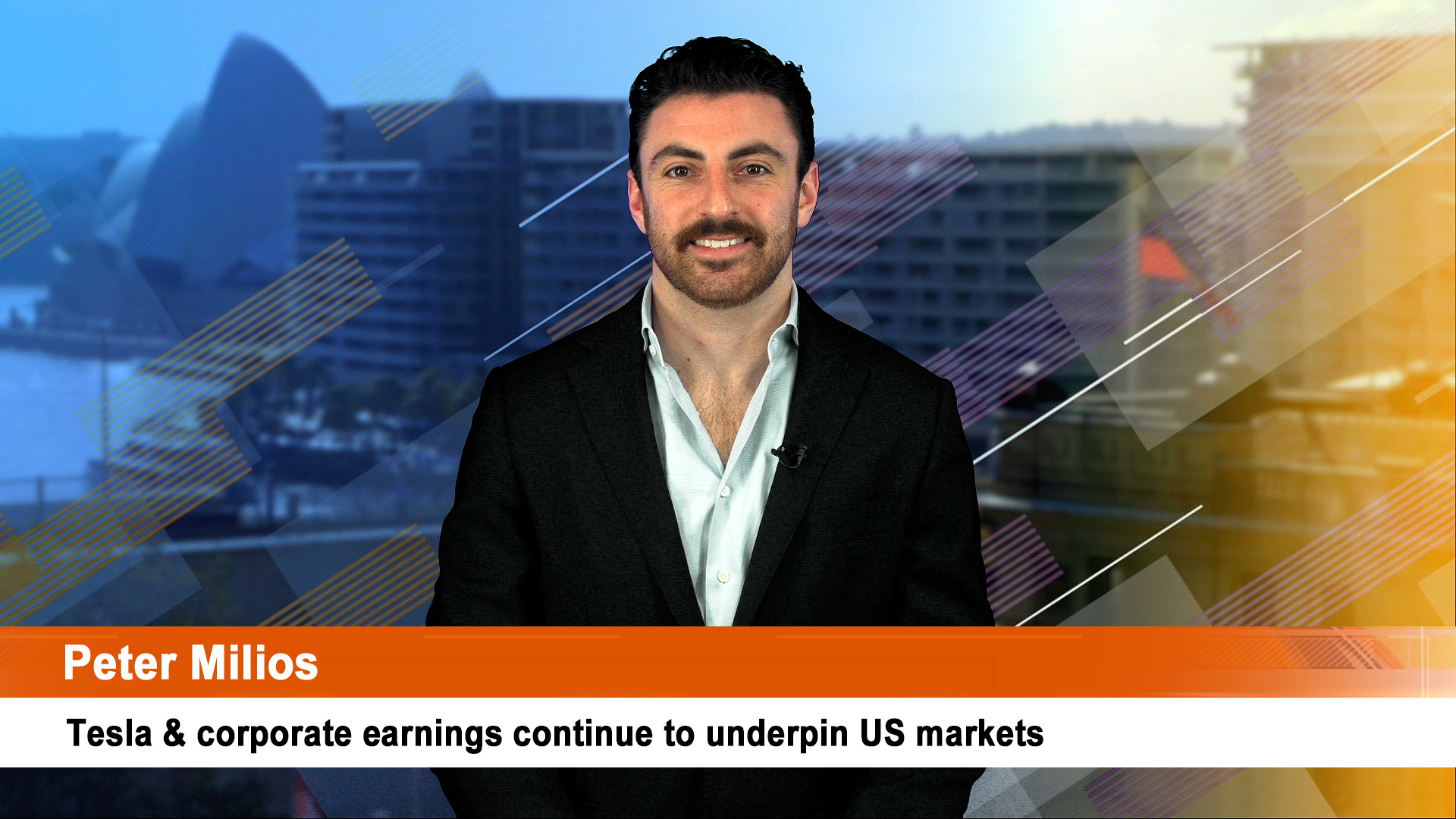Australian bond yields have hit new all-time lows as the global charge into high rated fixed interest securities continued for another day, led by investors fearful of slowing global and Australian economies.
The 10-year yield closed at 1.72% yesterday, the lowest they have been and guaranteeing huge profits for investors who bought bonds at around 2.83% at the start of this year.
Just over three months ago, Australian 10-year yields sat at 2.83%.
Australian three-year yields — more reflective of the future direction of policy rates from the RBA — also hit record lows on Thursday, dipping to 1.37% at one stage.
Yields on the 15 year bond fell under 2% for the first time – ending the day at 1.98%.
The bond boom didn’t hit shares – the ASX 200 added 40 points, thanks to late gains by the miners.
Analysts though say the market is now pricing in two rate cuts by the end of 2020 (some analysts say two by the end of this year).
The RBA board meetings next Tuesday and the way the rush into bonds is going, 10-year bond yields could be around 1.70% or a touch lower by then, placing great pressure on the central bank to cut the cash rate and soon.
The 2019-20 federal budget is announced the same day and the timing of the federal election not long after so next Tuesday could be the only day between now and July for a rate cut.
For the RBA, pressure has been added by the decision this week by its NZ counterpart to move to an explicit rate easing stance from a wait and hold and next move up approach.
The Reserve Bank of Australia and its senior officials have made a lot of noise about its recent change of monetary policy stance (in February) from watching and waiting with an eye to lifting interest rates to watching and waiting with an eye to perhaps cutting rates.
On Wednesday the Reserve Bank of NZ made its change from a watch and possibly up stance to a watch and almost certainty cut outlook – all in just a few words.
The very Kiwi approach from the RBNZ in its announcement on Wednesday:
“Given the weaker global economic outlook and reduced momentum in domestic spending, the more likely direction of our next OCR move is down.”
That was amplified further on in the statement:
“The balance of risks to this outlook has shifted to the downside. The risk of a more pronounced global downturn has increased and low business sentiment continues to weigh on domestic spending. On the upside, inflation could rise faster if firms pass on cost increases to prices to a greater extent. We will keep the OCR at an expansionary level for a considerable period to contribute to maximising sustainable employment, and maintaining low and stable inflation, the RBNZ said in its statement.”
That compares to this from the RBNZ’s February statement: “We expect to keep the OCR at this level through 2019 and 2020. The direction of our next OCR move could be up or down.”
That’s a significant change for any central bank. Contrast that to the opaque approach of the RBA as the final paragraph of the March board minutes confirms:
“Given that further progress in reducing unemployment and lifting inflation was a reasonable expectation, members agreed that there was not a strong case for a near-term adjustment in monetary policy. Rather, they assessed that it would be appropriate to hold the cash rate steady while new information became available that could help resolve the current tensions in the domestic economic data. Members judged that holding the stance of monetary policy unchanged at this meeting would enable the Bank to be a source of stability and confidence, and would be consistent with sustainable growth in the economy and achieving the inflation target over time.”
What’s also important about the contrast is that both economies are in a similar place at the moment with more similarities than differences between the current weakening pace of economic growth in both countries. Inflation is weak (1.8% in 2018 in Australia, 1.9% in New Zealand, with the trend weakening for past of this year at least).
Wage growth remains weak in both countries, especially NZ where they rose 1.9% in 2018, against a 2.3% rise in Australia. Both rates are below target and have undershot these targets consistently in the past couple of years. That means income growth in both countries is also weak.
Growth slowing – NZ GDP rose 0.6% in the final quarter of 2018 against the 0.2% rate in Australia. The NZ rate was up from 0.3% in the September quarter, ours was down from 0.3%. – that gave an annual GDP rate of 2.3% for both countries. Australia’s rate is down from 3.1% in the six months to June, NZ’s rate is down from a peak of 3.2% in the June quarter. The biggest area of difference is in the labour market – New Zealand’s unemployment rate was 4.3% in the December quarter, up from 4% the quarter before – Australia’s currently at 5%.
Given the similarities in the state of the two economies and their outlooks, the market clearly thinks RBNZ’s stance is to be preferred than the approach from the RBA.













